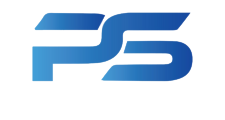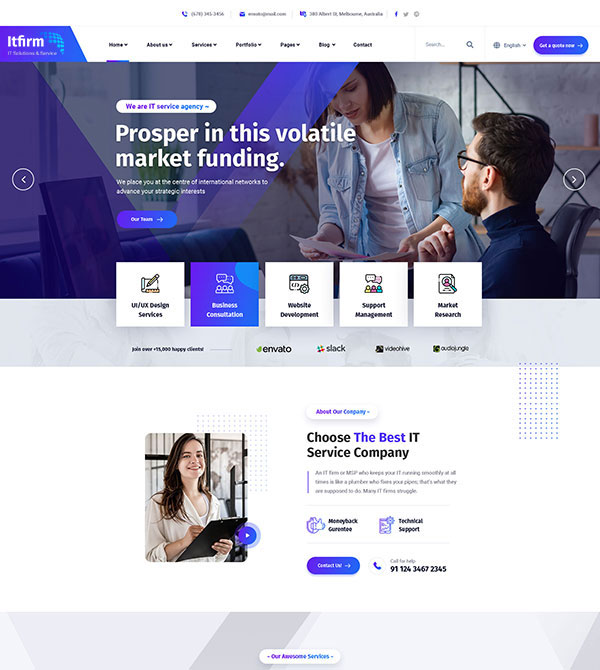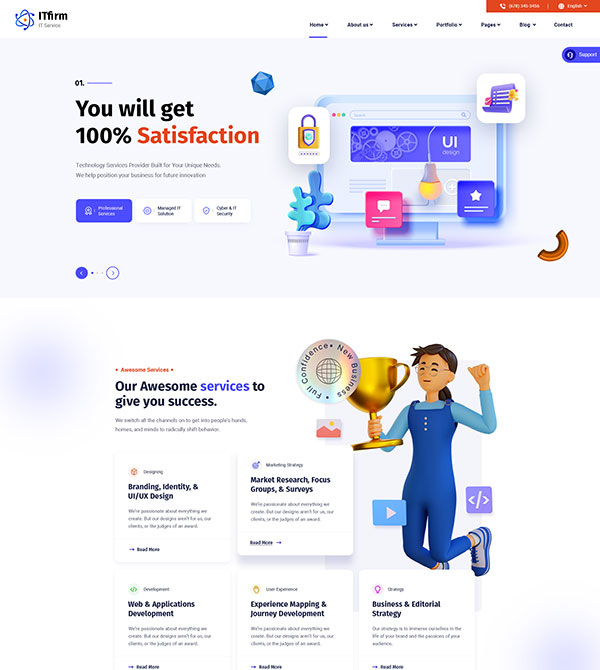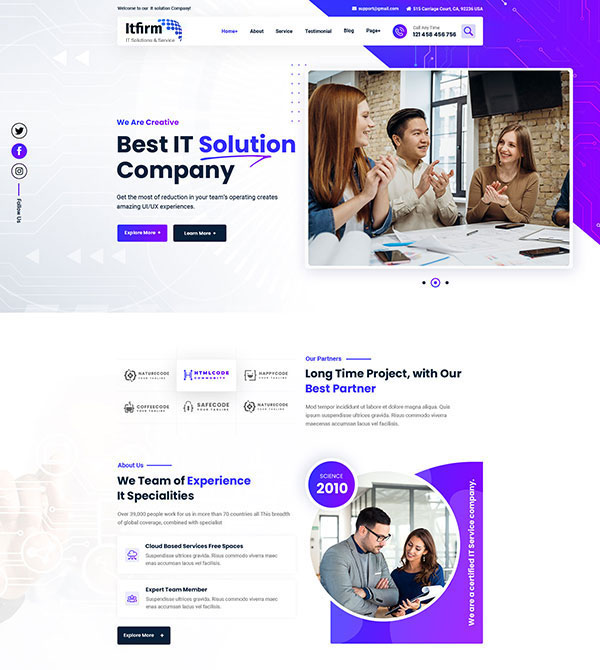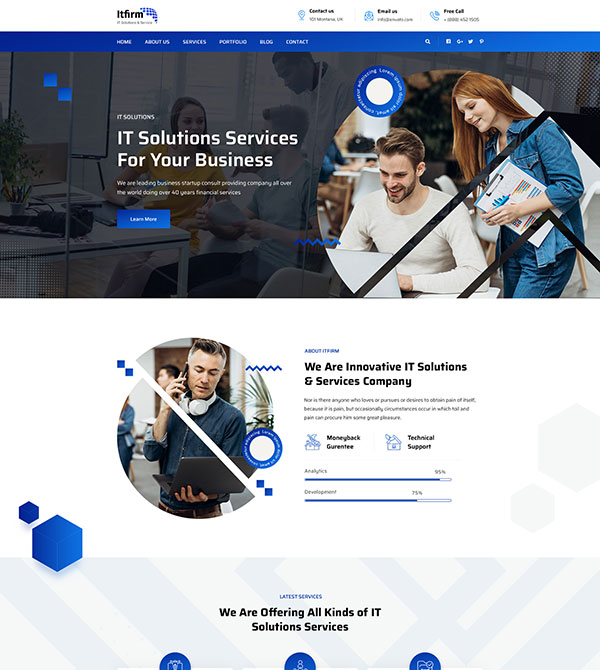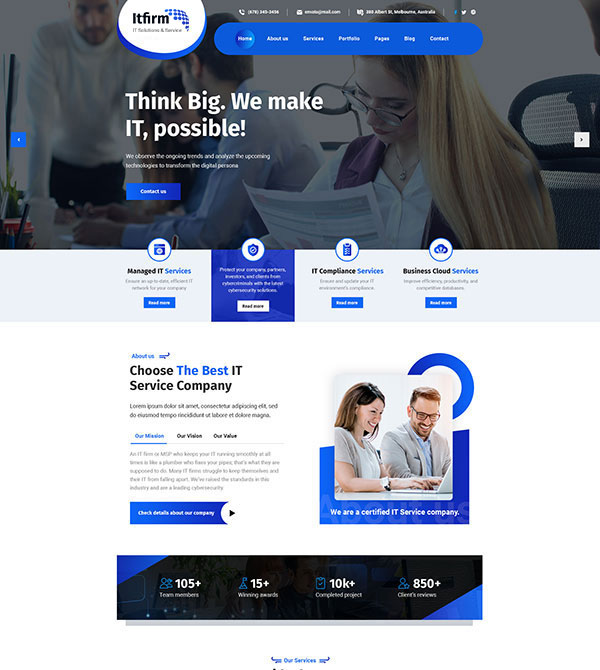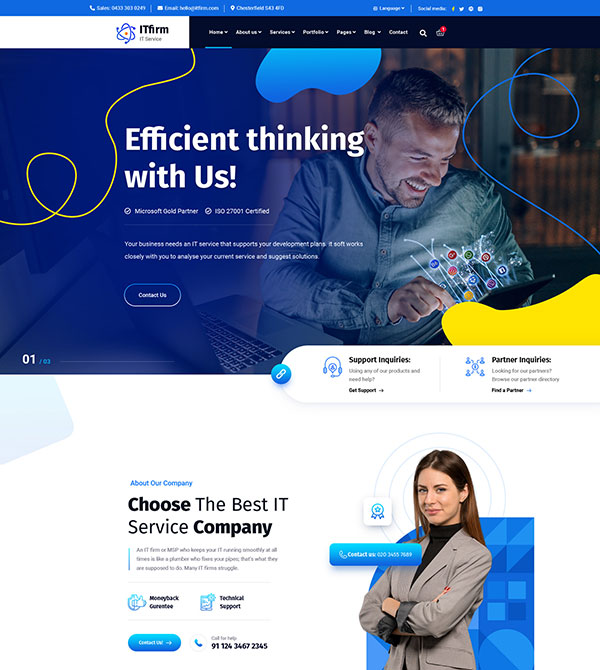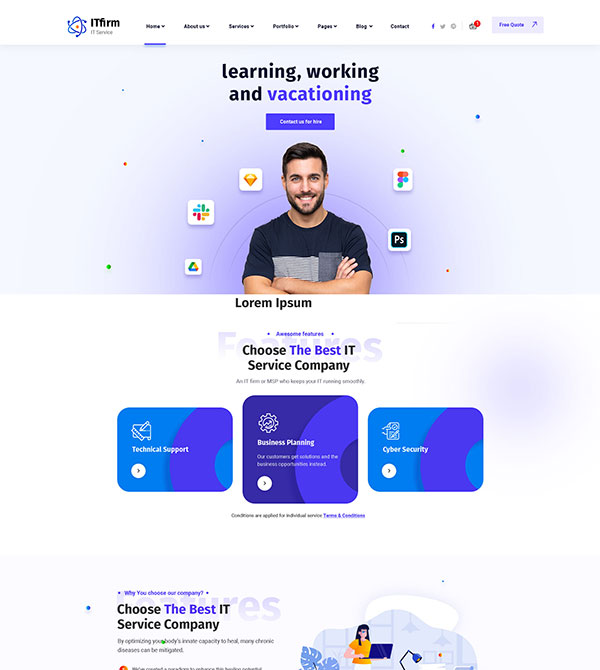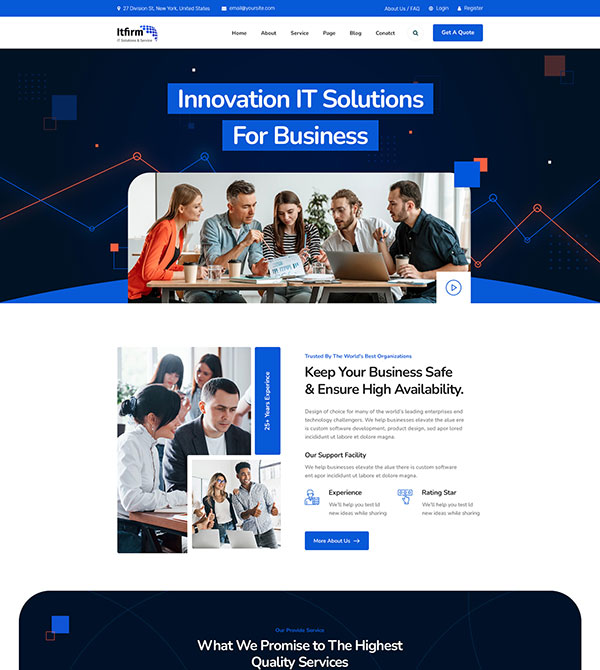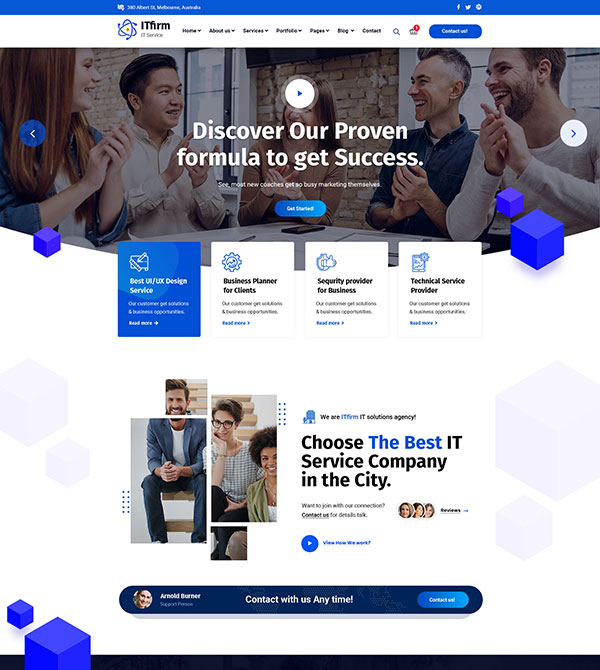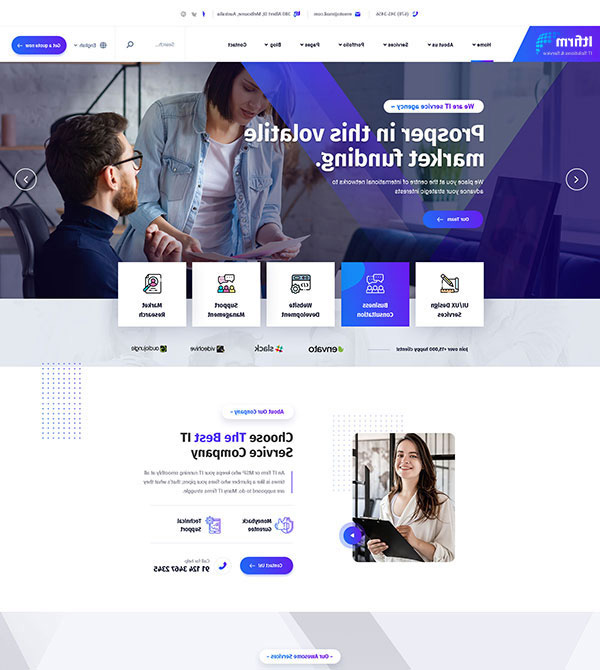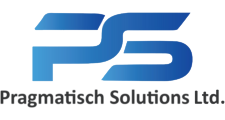
Optimizing your business with the most current technology
Drawbacks of Legacy Software
Software that rocks
Cost of Maintenance
Inflexibility
Security & Compliance Gaps
Incompatibility
Customer & Employee Dissatisfaction
Legacy Software Replacement
Which systems can we replace?
Pragmatisch expansive team of engineers includes experts in a wide range of technologies and applications. We’ve planned, built, and implemented custom software solutions for over 150 corporate clients, from ERP systems to mobile apps to Ecommerce solutions, and more. So regardless of what your legacy systems look like, rest assured that we can bring them up to date with brand new software modernization solutions tailored to your organization’s needs.
Frequently Asked Questions
There is no strict rule, but generally, a system needs to be modernized or replaced when the technology that it was built on has been discontinued, the performance or functionality of the system is no longer up to par, or further enhancement would require more investment than building a new one from scratch.
The main value of a good legacy system is its business logic, which can and should be maintained in the new system, though process automation capabilities will be upgraded. In some cases, a database can also be reused. Usually, however, the code cannot, especially if it was created on a different technology.
Replacing a legacy system with a new one allows the owner to choose any technology with a sufficiently long lifespan. New technologies will provide speed, security, and usability that legacy systems built on old technology cannot achieve. Additionally, creating a modern replacement for a legacy system allows owners to consider any functionality changes and upgrades that weren’t on the table at the time the legacy system was created.
